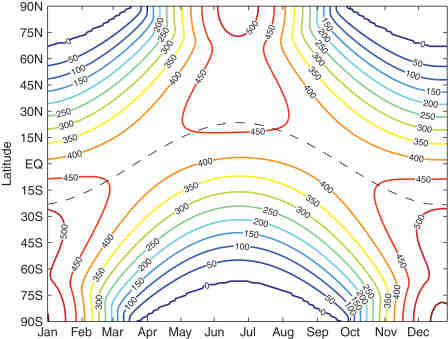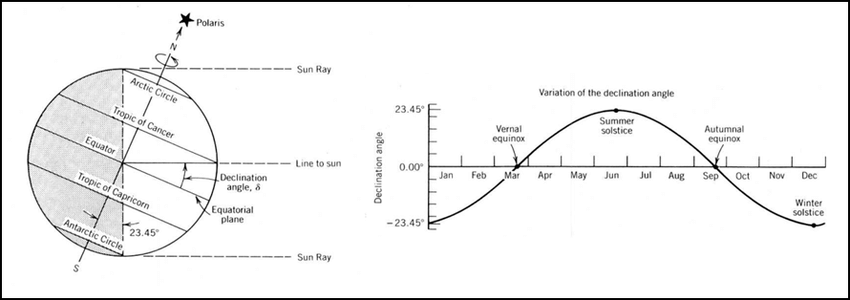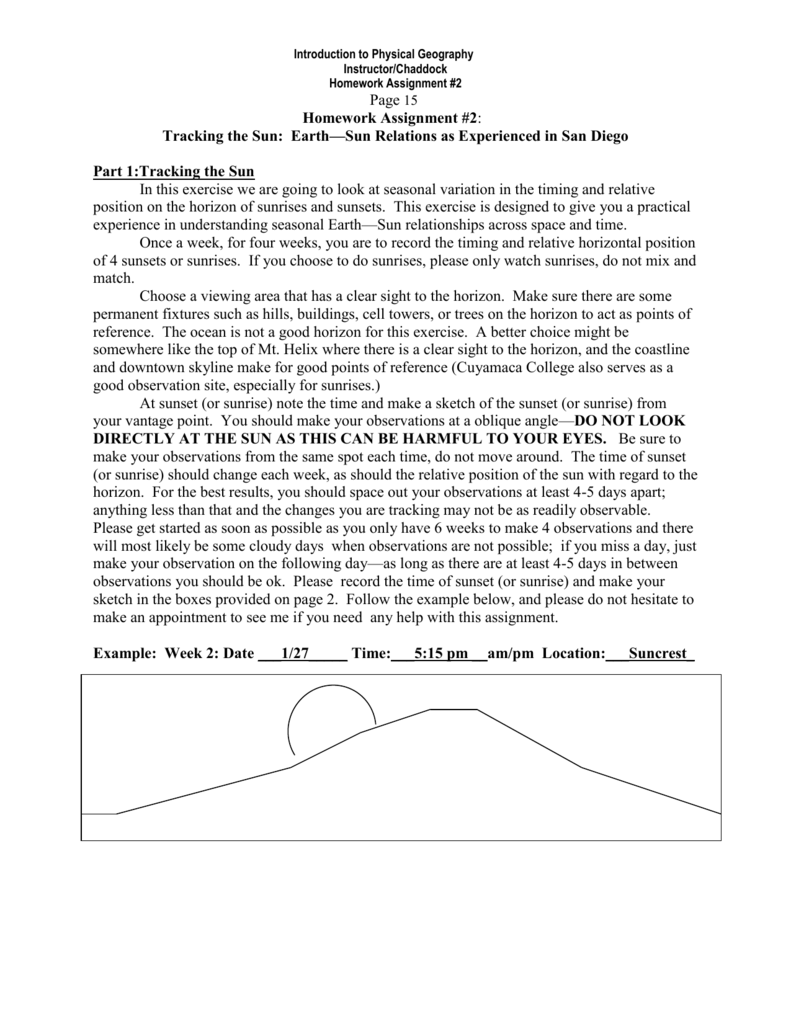Contents
What angle will the sun be at?
Solar arcs seen from 20 ° latitude. The sun culminates in 46.56 ° altitude in winter and 93.44 ° altitude in summer. In this case, an angle greater than 90 ° means that the culmination takes place at an altitude of 86.56 ° in the opposite cardinal direction.
Where is the sun at 12 pm?
At exactly 12 o’clock the sun is at its highest point in the sky and directly above the meridian.
When during the year is daylight the longest?
TAMPA, Fla. (WFLA) – Summer solstice marks the official start of the (astronomical) summer season and typically occurs on June 20, 21 or 22 each year. It is the day with the longest amount of daylight in the northern hemisphere and the shortest amount of darkness.
Does the position of the sun change with seasons?
As can be clearly seen, the two paths are different, being longer and higher in the sky in summer and shorter and lower in the sky in winter. The longer the path, the longer the duration of the sun’s stay in the sky. During the year, the sun’s path changes up and down between these two extremes.
Where is the solar zenith angle?

The zenith angle is the angle between the sun and the vertical. The zenith angle is similar to the elevation angle, but it is measured from vertical rather than horizontal, making the zenith angle = 90 ° elevation.
How do you find solar north?
Just use maps and street maps, or use a compass to establish magnetic north and then find sand or sun north by adding or subtracting the ‘magnetic variation’ to your area using the map below. Sand north as degrees west of magnetic north.
What is the best azimuth for solar panels?
The optimal azimuth angle for PV installations is observed to be between azimuth angles of +2 ° and –4 °, whereas the minimum value of energy produced was observed for PV systems with azimuth angles of –87 °.
How do you find the solar azimuth angle?
3.3. 4 Solar azimuth angle, z. This equation is correct, assuming that cos (h) & gt; tan (δ) / tan (L) [18]. If not, this means that the sun is behind the E -W line as shown in Figure 4, and the azimuth angle for the morning hours is –π + | z | and for the afternoon hours is π – z.
What is today’s solar declination?

The current Right Ascension of the Sun is 08h 25m 37s and the Declination is 19 ° 13 ’51 â € (topocentric coordinates calculated for the selected location: Greenwich, UK [change]).
What is solar apparent time?
Apparent solar time is measured by direct observation of the Sun or by a sundial. Average solar time, held by most clocks and watches, is the solar time that would be measured by observation if the sun was traveling at a uniform apparent speed throughout …
What is the declination of the sun on March 21?
During an equinox, March 21 or September 22, the sun declination (called declination from here) is 0º.
How do you calculate solar declination?

The following equation can be used to calculate the declination angle: δ = −23,45 ° × cos (360/365 × (d 10)), where d is the number of days since the beginning of the year The declination angle is equal to zero at the equinox (22. March and September 22), positive in summer in the northern hemisphere and negative in winter …
How do you solve declination?
Multiply that by -23.44, the slope of the Earth’s axis in degrees. The result is sunset in degrees for that day of the year. From the example, the cosine of 53.2603 is 0.5982; multiply it by -23.44 to get -14.02 degrees.
What is solar declination angle?
This angle is called the sun declination. It is defined as the angular distance from the observer’s zenith at the equator and the sun at solar eclipse. It is positive when it is north and negative when it is south.
What is the Earth’s declination?
The Earth’s equator is tilted 23.45 degrees relative to the plane of the Earth’s orbit around the sun, so at different times during the year, when the earth orbits the sun, the declination varies from 23.45 degrees north to 23.45 degrees south.
Sources :


